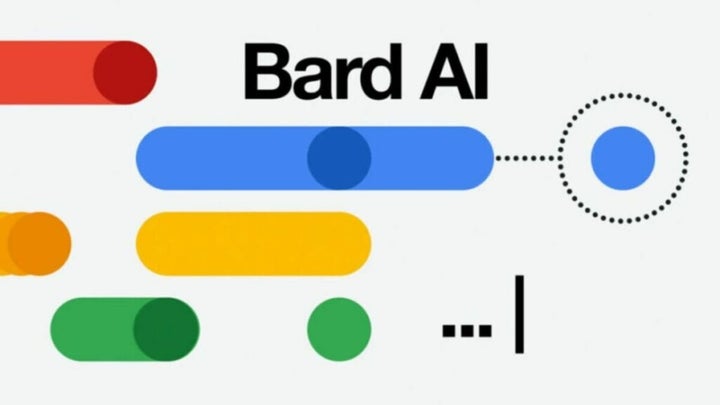Yesterday took place the Google I/O, Alphabet’s most important conference regarding its Google ecosystem. Whether software or hardware. If there is a new Pixel to be presented it is done at Google I/O and if there is a new AI to be shown as well.
And among the things that attracted the most attention yesterday was, precisely, the whole part focused on artificial intelligence. This is the tool with which Google wants to change the world. Or, at least, the way we interact with the Internet.
When was PaLM 2 first announced?
Google announced PaLM 2 yesterday May 10, 2023 during its Google I/O conference. This is its latest AI language model and competitor to rival systems such as OpenAI’s GPT-4.
“PaLM 2 models are stronger in logic and reasoning, thanks to extensive training in logic and reasoning,” Google CEO Sundar Pichai said on stage at the company’s I/O conference. “It’s also trained in multilingual text that spans more than 100 languages.” Among them, Spanish.
PaLM 2 is much better at a number of text-based tasks. This tool is trained in reasoning, encoding and translation. “It has improved significantly compared to PaLM 1,” he explained.
What is Google PaLM 2?
As mentioned, PaLM 2 is Google’s latest and greatest artificial intelligence language model. The company says it is already being deployed across its software portfolio and is the basis for its experimental Bard chatbot.
Like other large, time- and resource-intensive language models, PaLM 2 is not so much a single product as a family of products, with different versions to be used by businesses and consumers.
The system is available in four sizes, called Gecko, Otter, Bison and Unicorn, from smallest to largest, and has been refined with domain-specific data to perform specific tasks for enterprise customers.
Think of these adaptations as taking the basic chassis of a car and adding a new engine or front bumper to perform certain tasks or perform better in specific terrain.
There’s a version of PaLM trained on healthcare data (Med-PaLM 2), which Google says can answer questions similar to those on the U.S. medical licensing exam at an “expert” level.
And another version trained on cybersecurity data (Sec-PaLM 2) that can explain the behavior of potential malicious scripts and help detect threats in code, they say at Google. Both models will be available through Google Cloud, initially for selected customers.

What role does PaLM 2 play in Bard, Google’s AI?
Within Google itself, PaLM 2 is already being used to power 25 features and products, including Bard, the company’s experimental chatbot.
Updates available through Bard include enhanced coding capabilities and improved language support. It is also being used to power features in Google Workspace apps such as Docs, Slides and Sheets.
Google says the lighter version of PaLM 2, Gecko, is small enough to run on cell phones and process 20 tokens per second, which is roughly equivalent to about 16 or 17 words.
Google did not say what hardware was used to test this model, only that it worked “on the latest phones.” However, the miniaturization of these language models is significant and key to their expansion.
These systems are expensive to run in the cloud, and being able to use them locally would have other advantages, such as improved privacy. The problem is that smaller versions of linguistic models are inevitably less capable than their larger siblings.

Can PaLM 2 beat ChatGPT or Bing?
With PaLM 2, Google hopes to close the “AI gap” between the company and competitors such as Microsoft, which has been aggressively pushing AI language tools in its Office suite.
Microsoft now offers AI features that help summarize documents, compose emails, generate presentation slides and more.
Google will have to maintain parity with this company or risk being perceived as slow to implement its AI research.
While PaLM 2 is certainly a step forward for Google’s work on AI linguistic models, it has many challenges ahead, such as the legality of the training data used to create linguistic models.
Some of the links added in the article are part of affiliate campaigns and may represent benefits for Softonic.


